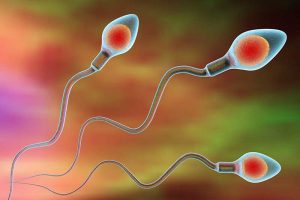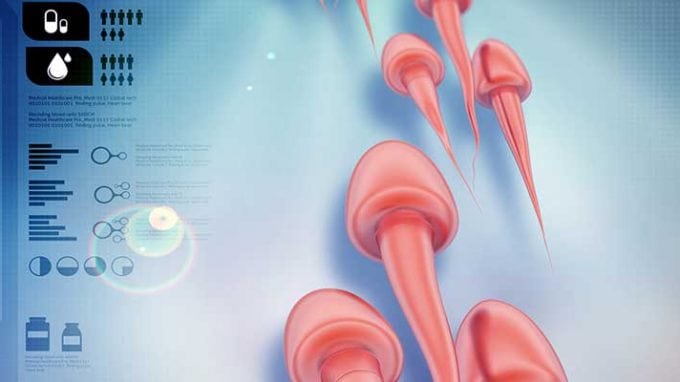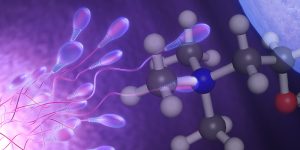New studies show: Sperm originating from the first part of the ejaculate is more fertile. This insight could prove especially important for couples undergoing artificial insemination since it may help increase the chances of conception.
Sperm Has Different Functions
During ejaculation, millions of sperm cells are ejected and embark on their journey towards the egg cell. Only the fastest, most agile and most resistant sperm cells have a chance of inducing fertilization. Researchers at the Ginemed Clinic in Seville have now discovered that the first drops of seminal fluid are the frontrunners in the race ‒ and not just in terms of a temporal lead. According to the head of the study, Maria Hebles, seminal fluid has always been considered as a whole up to this point. However, the researchers found that the ejaculate consists of two distinct fractions that vary in composition and have different functions. While the first fraction is primarily responsible for fertilization, the second serves as a kind of protective measure against sperm from another male.
The Study and Its Results

What Does This Mean in Terms of Artificial Insemination?
Since the entire seminal fluid is usually collected in one beaker and therefore mixed, the researchers point out that this could have a negative effect on the sperm population. Collecting the sperm in two phases could significantly influence the outcome of IVF. For this reason, the scientists recommend using only the first fraction of the ejaculate, which contains the most effective sperm. While this will create a little extra effort for sperm donors, it could increase the chances of conception. In addition, the scientists believe that the higher DNA quality of the sperm has a positive effect on the development of the embryo. Further studies are needed in the future to confirm the research results.




